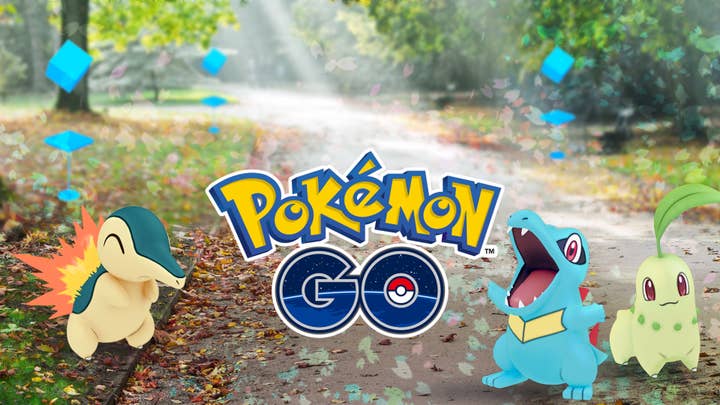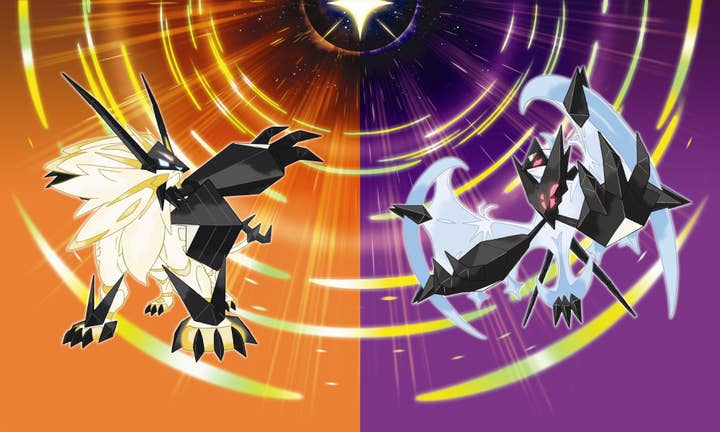How Pokémon Go has transformed the brand
The mobile game may be past its peak, but its impact is permanent
It's been 12 months since Pokémon Go happened.
It was last year's Develop In Brighton and the industry was buzzing about the new title. It wasn't officially out in the UK at the time, with many a British developer having downloaded it from the US App Store. Yet the game officially arrived mid-way through the show and 'have you downloaded Pokémon Go yet?' became the default icebreaker question of the event.
We all know what happened next. We were all there. Currently, 750m have downloaded Pokémon Go, with well over $1bn generated in revenue (as of February). The game's huge first few months have faded significantly since then, as we would have expected, but the impact on the brand overall cannot be overstated. Go has done more than just boost revenues to record highs, it has delivered Pokémon to a modern, digital-savvy consumer and has brought the IP up-to-date in the minds of a new generation

The narrative that the media spins is that Pokémon had staged a comeback last year, and although the 'fad' certainly came back, the actual brand had never gone away. For instance, Pokémon Sun & Moon broke records last November (post-Pokémon Go) and is on-course to become the most popular 3DS game... but only once it overtakes 2013's Pokémon X & Y.
Even beyond the core games, Pokémon has always been successful. This year, thanks to Pokémon Go, License Global Magazine ranked The Pokémon Company as the No.1 single-IP entertainment company. The last time it achieved such a recognition? Well, actually, last year. And the year before that.
So Pokémon isn't suddenly a big, popular gaming brand again, because it always was one. Yet it has struggled to attract a digital audience, and has seen other monster collecting games, such as Moshi Monsters for a few years, come in and take that market entirely.
The firm has tried, of course. From various apps, digital streaming services to the browser-based Trading Card Game, The Pokémon Company has been active in the digital and online space, but has only found limited success.That has now changed, and that transformation is most notable in the company's social media statistics.
In March 2016, there were 900,000 followers to the Pokémon Twitter account, which had been amassed over six and a half years. That figure now sits at 3.7m. On Facebook, Pokémon as a brand has attracted an additional 1m Likes since April last year (and that's in addition to the various official Pokémon Go Facebook pages), while its Instagram followers has increased from 233,000 (March 2016) to 1.2m.
To complete the social media picture, The Pokémon Company says its official YouTube channel amassed 240m views last year. Prior to March 2016, the channel had garnered 'just' 179m over the previous 11 years.
And finally, before March 2016, the Pokémon.com website was averaging an impressive 3m unique monthly visitors. In March this year, over 6 months since the peak of Pokémon Go, the website pulled in 13m unique visitors.
”The Pokémon Company can now lean on 20 years of content to capitalise on the new-found love for the IP“
Social media stats don't always equate to commercial success directly, but it's a sizeable, digital audience for The Pokémon Company to reach. And it's clearly had some success over the last 12 months thanks to Go, with $3.3bn in retail sales (so games, toys, clothes etc) during 2016, and 2.1bn trading cards shipped to retail (which is almost 10% of all the Pokémon trading cards ever shipped).
The Pokémon Company is also experienced at turning a craze into a long-term proposition. It did so back in the 1990s by using the depth and popularity of its three core strands - the games, the Trading Cards and the cartoon series - to find a large audience that would keep Pikachu popular for another two decades, even after the initial mania had died away. Now it's trying to do the same, and is leaning on its 20 years' worth of content that it can now re-promote and re-release for this new audience.
The Pokémon Company has over 900 episodes of the animated Pokémon series, which it has been repackaging digitally and in HD. In September, it is re-releasing Pokémon Gold & Silver digitally for the 3DS. It is also making its first moves onto Switch with Pokkén, an updated version of last year's Wii U game. Then in November, it's using its existing Pokémon Sun & Moon assets to create a direct sequel: Ultra Sun & Ultra Moon.

All of these efforts are cost-effective ways of satisfying the varying strands of the Pokémon fandom, whether that's nostalgic fans (the anime, Gold & Silver), core fans (the anime, Pokkén) and those that joined the brand over the last 12 months (Ultra Sun & Ultra Moon).
With continued updates to Pokémon Go, and a full Switch Pokémon game set for 2018, there's a strong slate of content coming up. And this will prove important as The Pokémon Company looks to capitalise on last year's craze.
Perhaps part-owner Nintendo should even allow the franchise to move to PS4 and Xbox One, in a similar way to how Microsoft has allowed Minecraft to continue to do the same. 65% of The Pokémon Company's revenues come from outside of Japan, and in territories where PS4 remain popular, so keeping it within the Nintendo ecosystem may be holding the franchise back in these markets. Pokémon is already a multi-platform product, whether that platform is TV, Amazon Instant Video, your browser or your mobile phone… taking that next step to other consoles may unlock a new market for the IP.
Of course, it wouldn't happen for many reasons. It's one less justification to buy a Switch, for one, and the kids market on PS4 and Xbox One remains relatively small, which reduces the incentive somewhat. But the brand's strength outside of the core games is now so strong that it could go multi-platform and still be a boost for everyone involved (including Nintendo).
Indeed, the mania of Pokémon Go has subsided, and those sales figures and download numbers are unlikely to be repeated anytime soon. Yet the impact it has had on the brand is permanent. It has widened its fanbase online and brought the franchise to a new generation.
And based on its currently release plan, The Pokémon Company is doing its utmost to ensure this new audience follows the last one, and sticks with the IP for another 20 years.
